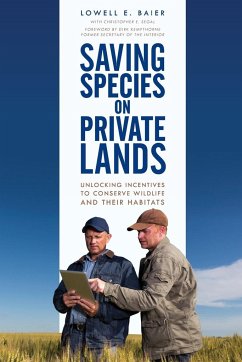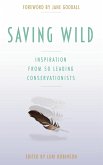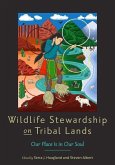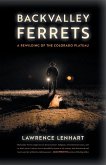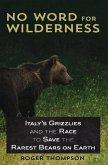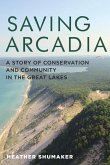Over 75% of America's threatened, endangered, and at-risk wildlife live on private land, and their conservation is impossible without voluntary efforts by landowners working in partnership with others. This book explains wildlife conservation on private land, and provides landowners with a roadmap for identifying partners, developing land management plans, and accessing financial and technical assistance to conserve wildlife while maintaining the financial viability of their working lands.

